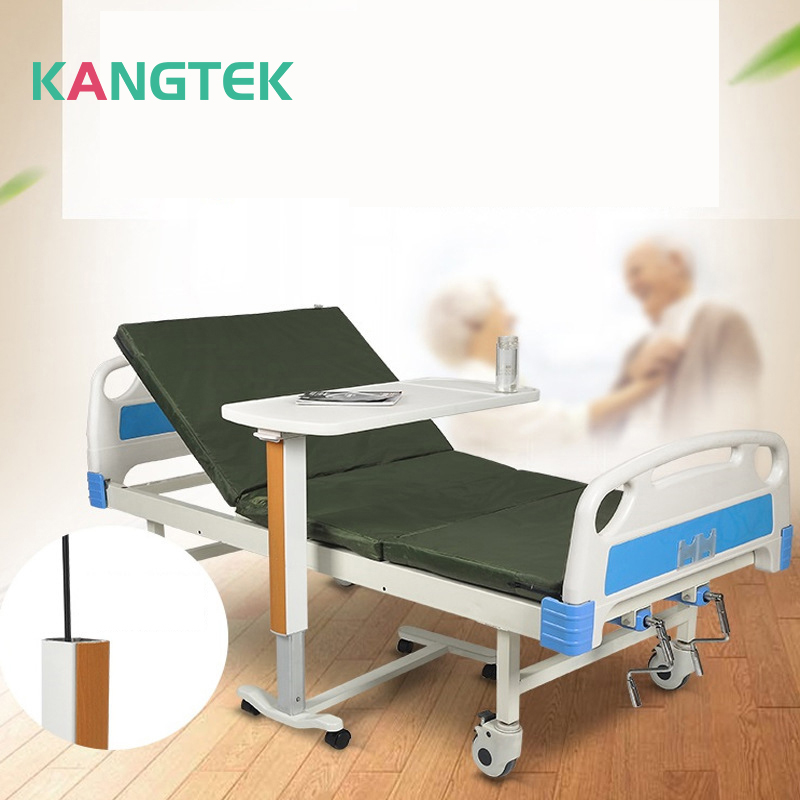A comprehensive analysis of safety standards for medical furniture in Europe reveals a commitment to rigorous regulations aimed at protecting patients and ensuring the reliability of healthcare equipment. Many European countries have established comprehensive guidelines and standards governing the design, construction, and use of medical furniture in healthcare settings. These standards cover aspects such as stability, durability, infection control, and ergonomic considerations.
Countries like Germany and the United Kingdom have implemented robust safety standards for medical furniture, mandating thorough testing procedures and certification requirements to ensure compliance. Manufacturers are required to adhere to strict specifications regarding materials, structural integrity, and safety features to mitigate the risk of accidents, injuries, and infections in medical environments.

European Union directives, such as the Medical Devices Directive and the General Product Safety Directive, provide overarching frameworks for ensuring the safety and reliability of medical products, including furniture. These directives set minimum safety requirements and mandate CE marking for products placed on the market within the EU, indicating compliance with safety standards.
The safety landscape of medical furniture in the United States presents a more complex picture. While the U.S. Food and Drug Administration (FDA) regulates medical devices, including certain types of medical furniture, there is no specific federal mandate governing the safety of medical furniture as a whole. Instead, safety standards for medical furniture in the United States are primarily guided by voluntary industry standards and guidelines established by organizations such as ASTM International and ANSI/BIFMA.
Despite the absence of comprehensive federal regulations, many American healthcare providers prioritize safety in their procurement practices by selecting furniture that meets industry-recognized standards. However, variations may exist between states and healthcare facilities in terms of awareness and adherence to safety guidelines, leading to disparities in the quality and safety of medical furniture nationwide.

The evolving nature of healthcare technology and patient care introduces new challenges in maintaining safety standards for medical furniture. Modern medical furniture solutions, such as patient beds with advanced features and ergonomic designs, require thorough testing and validation to ensure they meet established safety criteria and do not pose risks to patients or healthcare providers.
Healthcare providers, policymakers, manufacturers, and safety experts must work together to establish clear guidelines, raise awareness, and advocate for the adoption of best practices in medical furniture procurement and usage. By prioritizing safety considerations in healthcare settings, societies can create safer environments for patients and healthcare providers, ultimately enhancing the quality of care and patient outcomes.

